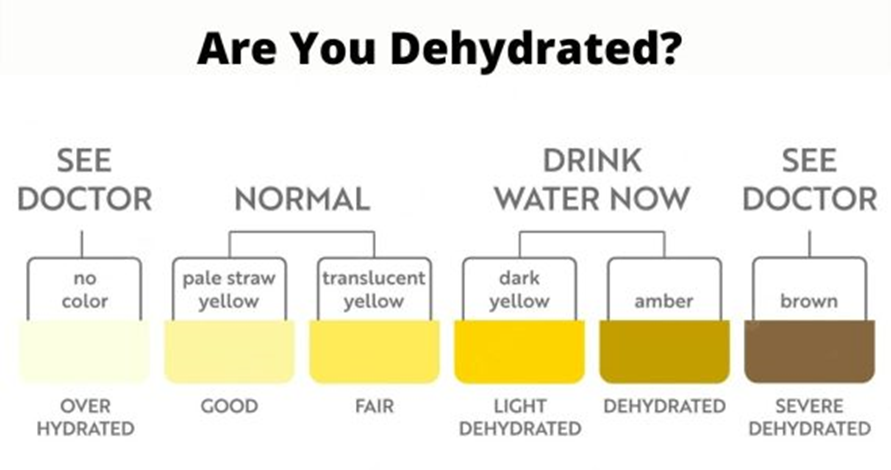Which is the most likely reason that thyroid disorders are often difficult to diagnose in older adults?
The classic symptoms may not be present in older adults.
There are no recognizable symptoms; it is a 'silent killer'.
Presenting symptoms occur very quickly.
The disease rarely occurs in older adults.
The Correct Answer is A
Choice A reason: This is the correct answer because thyroid disorders can cause nonspecific symptoms in older adults, such as fatigue, weight loss, depression, or cognitive impairment, that may be attributed to aging or other conditions.
Choice B reason: This is incorrect because there are recognizable symptoms of thyroid disorders, such as goiter, palpitations, tremors, heat intolerance, or cold intolerance, depending on whether the thyroid is overactive or underactive. However, these symptoms may be less obvious or absent in older adults.
Choice C reason: This is incorrect because presenting symptoms of thyroid disorders do not occur very quickly, but rather gradually over time. This may delay the diagnosis and treatment of the condition.
Choice D reason: This is incorrect because the disease is not rare in older adults, but rather more common, especially in women. The prevalence of thyroid disorders increases with age, and can affect up to 20% of older adults.
Nursing Test Bank
Naxlex Comprehensive Predictor Exams
Related Questions
Correct Answer is ["A","C","D","E"]
Explanation
Choice A reason: Cognitive disorders are conditions that affect the mental functions, such as memory, reasoning, judgment, or orientation. Cognitive disorders can increase the risk of falls by impairing the awareness, attention, or decision-making of the client.
Choice B reason: Antibiotics are not a factor that requires particular attention when assessing a client who has a history of falls. Antibiotics are medications that treat bacterial infections, and they do not directly affect the risk of falls. However, some antibiotics may have side effects, such as dizziness, nausea, or diarrhea, that can indirectly increase the risk of falls.
Choice C reason: Orthostatic hypotension is a condition where the blood pressure drops significantly when changing position, such as standing up from sitting or lying down. Orthostatic hypotension can cause symptoms, such as lightheadedness, fainting, or blurred vision, that can increase the risk of falls.
Choice D reason: Vision is the sense of sight that allows the perception of the environment and the detection of potential hazards. Vision can decline with age or due to various eye diseases or injuries. Poor vision can increase the risk of falls by affecting the depth perception, contrast sensitivity, or visual field of the client.
Choice E reason: Balance is the ability to maintain the body's center of gravity over its base of support. Balance can be affected by various factors, such as inner ear problems, muscle weakness, joint stiffness, or medication use. Poor balance can increase the risk of falls by impairing the stability and coordination of the client.
Correct Answer is D
Explanation
Choice A reason: Evaluating the medication list is a possible step that the nurse can take, as some medications can affect urine concentration or cause dehydration. However, it is not the first step that the nurse should implement, as it does not address the immediate problem of fluid balance.
Choice B reason: Reviewing laboratory reports is another possible step that the nurse can take, as some laboratory tests can indicate the level of hydration or kidney function of the patient. However, it is not the first step that the nurse should implement, as it does not provide a direct assessment of fluid status.
Choice C reason: Increasing oral fluid intake is a potential intervention that the nurse can suggest, as it can help to dilute the urine and prevent dehydration. However, it is not the first step that the nurse should implement, as it may not be appropriate for some patients who have fluid restrictions or other medical conditions.
Choice D reason: Determining fluid volume status is the first step that the nurse should implement, as it can help to identify the cause and severity of urine concentration and guide further actions. The nurse can assess the patient's fluid intake and output, weight, blood pressure, pulse, skin turgor, mucous membranes, and urine specific gravity to determine fluid volume status.

Whether you are a student looking to ace your exams or a practicing nurse seeking to enhance your expertise , our nursing education contents will empower you with the confidence and competence to make a difference in the lives of patients and become a respected leader in the healthcare field.
Visit Naxlex, invest in your future and unlock endless possibilities with our unparalleled nursing education contents today
Report Wrong Answer on the Current Question
Do you disagree with the answer? If yes, what is your expected answer? Explain.
Kindly be descriptive with the issue you are facing.
